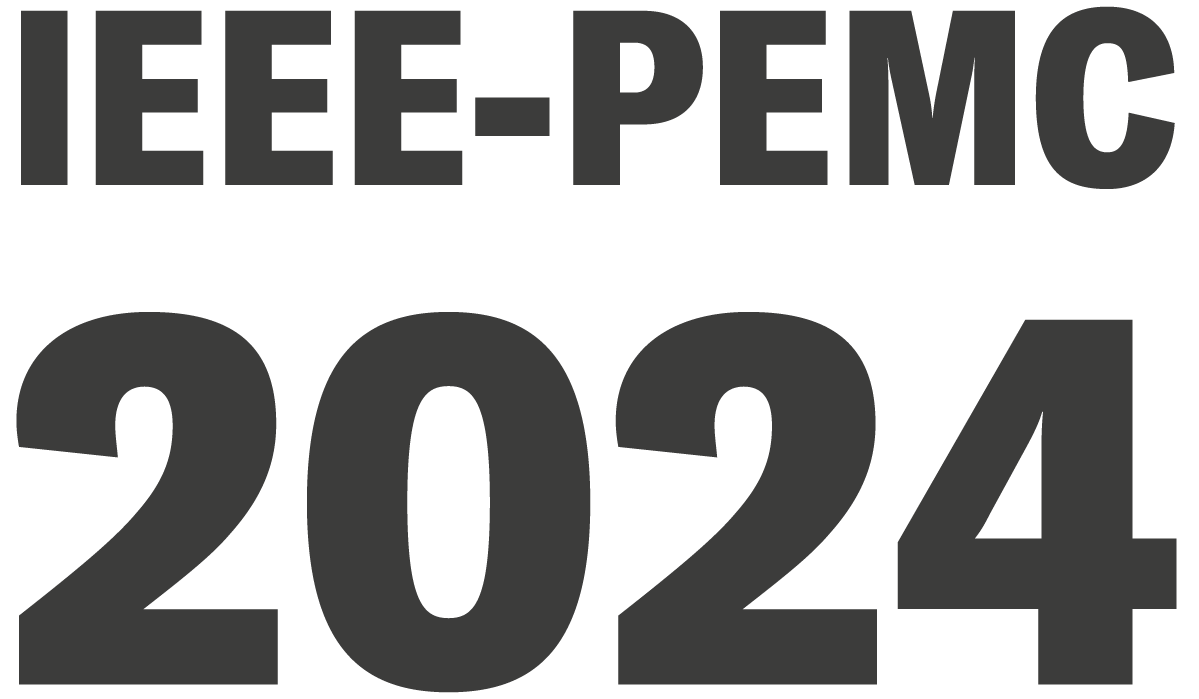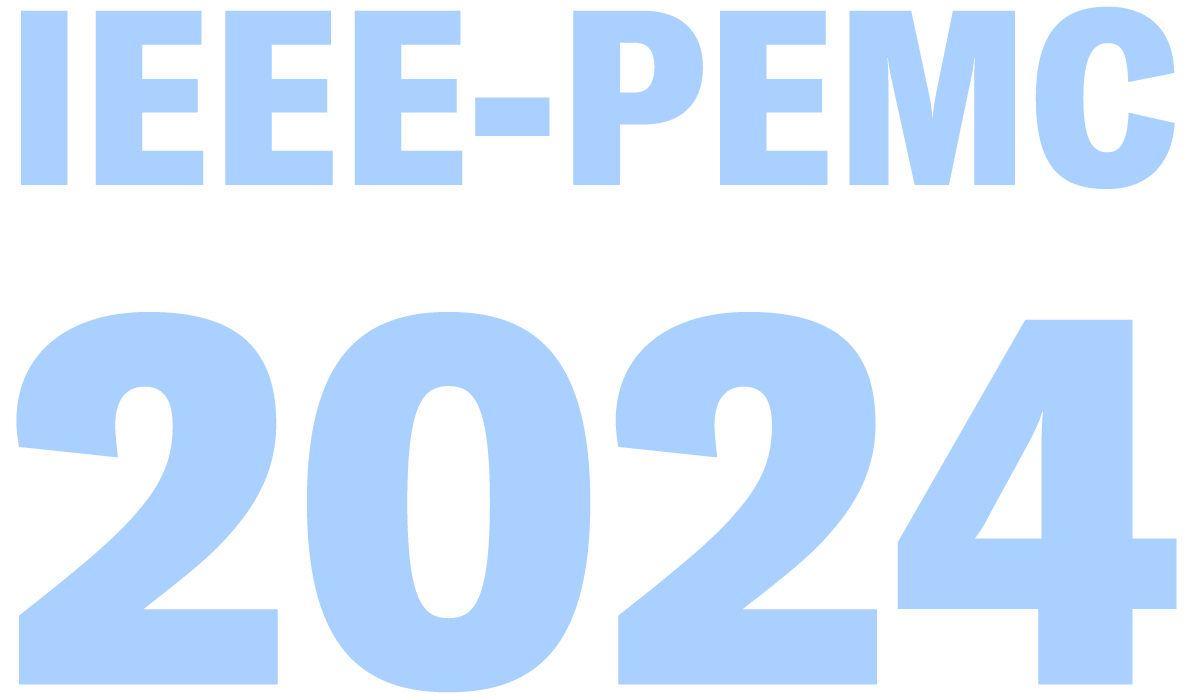Soft-Switching Inverters for Electric Traction
Abstract:
This talk explores the use of soft-switching inverters in electric traction. The concept combines variable frequency critical soft-switching (VFCSS) with wide-bandgap semiconductors, optimized AC filters, and real-time control to render common-mode stabilized sine output voltages and currents. Existing soft-switching inverter prototypes operate SiC FETs up to 1.2MHz switching frequency. The 10kW to 80kW designs achieve over 99.5% efficiency and a power density of 10kW/L to 40kW/L (air-cooled).
The soft switching inverters are stackable resulting in reconfigurable and partially redundant software-defined power converters for traction motor drives as well as onboard charging. In motor drives, VFCSS mitigates PWM losses and bearing currents from the electric motor increasing the overall drive efficiency and lifetime. For charging applications, VF-CSS mitigates leakage currents and enables transformerless charger topologies that are cost-effective in providing V2x services.
About the speaker:
Matthias Preindl received the B.Sc. degree from the University of Padua (summa cum laude, 2008), the M.Sc. degree from ETH Zurich (2010), and the Ph.D. degree from the University of Padua (2014), in electrical engineering. He is an Associate Professor at Columbia University, USA. Prior to joining Columbia in 2016, he was an R&D Engineer of Power Electronics and Drives at Leitwind AG (2010-2012), a Post-Doctoral Research Associate at McMaster University, Canada (2014-2015). Dr. Preindl serves as Area Editor of IEEE Transactions on Vehicular Technology and VTS Distinguished Lecturer (class 2023). He was the general chair of 2022 IEEE/AIAA ITEC+EATS. He is a Senior Member of IEEE, Fellow of IET, recipient of the NSF CAREER Award (2017), and co-recipient of the AutoTech Breakthrough Awards Vehicle-to-Everything (V2X) Innovation of the Year (2023). His research interests include the design and control of motor drives, power electronics, and batteries for transportation electrification.

